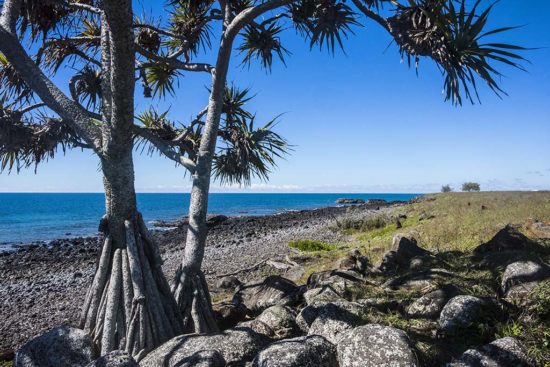
Landscape photography is something many photographers aspire to. There are many opportunities for this type of photography of your surrounding area, no matter where you are.
Landscape Photography Definition
Landscape photography is generally aimed to show different spaces and objects within the world where you are. They can be distant or close up micro objects.
This practice of landscape photography is practised by professionals and amateurs alike. The landscape photographs typically capture the presence of nature and can sometimes include man made objects. Landscape photographers can give an appreciation of the scenery that is being photographed.
Many landscape photographers show little or no human activity in their photos but strive to attain pure, unpoluted landscapes, that are devoid of human influence.
With landscapes it is good to include subjects such as strongly outlined landforms, selective ambient lighting. However the definition of landscape photography is very open and broad. There are urban, industrial, macro and nature landscapes. A beach with parasols, sunbathers or chairs can be a landscape photograph.
There are many techniques to help you improve your landscape photography and some of these are summarised below:
- In landscape photography, sharpness is paramount. Sharpness is all about technique and many issues need to be taken into account such as camera stability, subject movement, that is right sometimes landscape objects can move for example trees and leaves moving in the breeze.
- Include some object in the foreground to give the image some form of depth. This can be trees rocks or some other object.
- Polarising filters can give a real boost to a landscapes, particularly to the sky. The filter will give a nice saturated boost to the blue sky.
- Neutral density filters can allow you to use slower shutter speeds. This can enhance images to give them a different feel by blurring moving water or blurring moving clouds.
- Using High Dynamic Range (HDR) techniques can really assist in increasing the range of tones in the image. This is very useful where bright and high contrast lighting is illuminating the scene.
- Stitching images together can be very effective in showing a wider angle of view which is often required with landscapes. This can be a very good decision as stitching images will save you the cost of extreme wide angle lenses. A stitched image with a longer lens will often give an overall image with less distortion than the same image taken with an extreme wide angle lens.
- Many landscape photographers will only use wide angle lenses for landscapes, however some very effective landscapes can be captured with telephoto lenses, even super telephoto lenses to help isolate a section of the landscape.
- Make use of Depth of Field in capturing your landscape. Stopping down a lens will give you greater depth of field which can be critical in a landscape. With some lenses stopping down the lens by a couple of stops may improve the sharpness with some lenses.
- Some post processing may give a real boost to your landscapes such as slight sharpening or a saturation boost over all of the image or apply it selectively over certain areas of the image.
- A tripod and remote shutter release will help improve the sharpness of a landscape image.
